Your cart is currently empty!
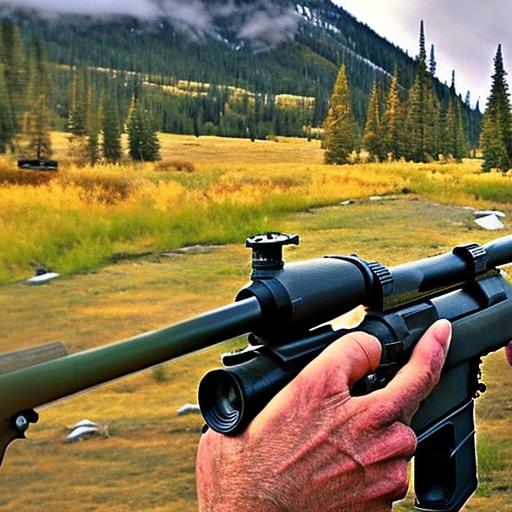
Ready, Aim, Hunt: Your Ultimate Elk Hunting Checklist

Elk hunting has a long and storied history in North America. Native American tribes have been hunting elk for centuries, using their meat for sustenance and their hides for clothing and shelter. In more recent times, elk hunting has become a popular sport among outdoor enthusiasts. The thrill of the hunt, the challenge of tracking and stalking these majestic animals, and the opportunity to immerse oneself in the beauty of nature are just a few reasons why elk hunting has gained such popularity.
The thrill of the hunt is a major draw for many elk hunters. The adrenaline rush that comes from tracking an elusive animal through rugged terrain is unmatched. Elk are known for their keen senses and ability to detect danger, making them a challenging quarry. The pursuit of these animals requires patience, skill, and a deep understanding of their behavior and habitat. For many hunters, the challenge of outsmarting an elk is what keeps them coming back year after year.
Key Takeaways
- Elk hunting requires essential gear such as a hunting rifle, ammunition, binoculars, and a hunting knife.
- Choosing the right weapon for elk hunting depends on personal preference and skill level.
- Physical fitness and training are crucial for a successful elk hunt, including endurance and strength training.
- Scouting for elk involves understanding their behavior and habitat, using maps and GPS, and looking for signs of elk activity.
- Safety precautions for elk hunting include wearing blaze orange, carrying bear spray, and knowing how to handle firearms safely.
Essential Gear for Elk Hunting
When it comes to elk hunting, having the right gear is essential. The rugged terrain and unpredictable weather conditions make it necessary to have clothing and footwear that can withstand the elements. Layering is key, as temperatures can fluctuate throughout the day. A good pair of waterproof boots with ankle support is also crucial for navigating through rough terrain.
In addition to clothing and footwear, a well-equipped backpack is essential for carrying all the necessary gear. This includes items such as water, food, first aid supplies, navigation tools, and extra ammunition. Optics such as binoculars and a rangefinder are also important for spotting elk from a distance and determining their distance accurately.
Choosing the Right Weapon
When it comes to choosing a weapon for elk hunting, there are two main options: rifle or bow. Both have their advantages and disadvantages, so it ultimately comes down to personal preference and skill level. Rifles offer greater accuracy and range, making them a popular choice among many hunters. However, bows provide a more challenging and intimate hunting experience.
When selecting a rifle, it’s important to consider the caliber and ammunition. Elk are large animals, so a caliber with enough stopping power is necessary. Popular choices include .270 Winchester, .30-06 Springfield, and .300 Winchester Magnum. It’s also important to choose the right scope for your rifle, as this will greatly affect your accuracy and ability to make clean shots.
Preparing for the Hunt: Physical Fitness and Training
| Metrics | Description |
|---|---|
| Body Mass Index (BMI) | A measure of body fat based on height and weight |
| Cardiovascular Endurance | The ability of the heart, lungs, and circulatory system to deliver oxygen to working muscles during physical activity |
| Strength Training | Activities that build muscle strength and endurance, such as weightlifting or resistance training |
| Flexibility | The range of motion in joints and muscles, which can be improved through stretching and mobility exercises |
| Agility | The ability to change direction quickly and efficiently, which can be improved through drills and exercises that focus on speed and coordination |
| Balance | The ability to maintain stability and control during physical activity, which can be improved through exercises that challenge balance and coordination |
| Reaction Time | The ability to respond quickly to stimuli, which can be improved through drills and exercises that focus on speed and coordination |
Elk hunting requires a high level of physical fitness. The rugged terrain and high altitudes can be physically demanding, so it’s important to be in good shape before embarking on a hunt. Regular cardiovascular exercise, strength training, and hiking with a weighted backpack are all great ways to prepare physically for elk hunting.
In addition to physical fitness, mental preparation is also important. Elk hunting can be mentally challenging, requiring patience, focus, and the ability to stay calm under pressure. Visualization exercises, meditation, and mental imagery can all help improve mental toughness and prepare for the mental challenges of the hunt.
Scouting for Elk: Tips and Techniques
Scouting is an essential part of elk hunting. Understanding elk behavior and habitat is key to locating them during the hunt. Elk are social animals that live in herds, so it’s important to understand their behavior patterns and where they are likely to be found.
One of the best ways to scout for elk is by glassing from a vantage point. This involves using binoculars or a spotting scope to scan the landscape for elk activity. Look for signs such as fresh tracks, droppings, rubs on trees, and wallows. These can indicate recent elk activity in the area.
Understanding Elk Behavior and Habitat
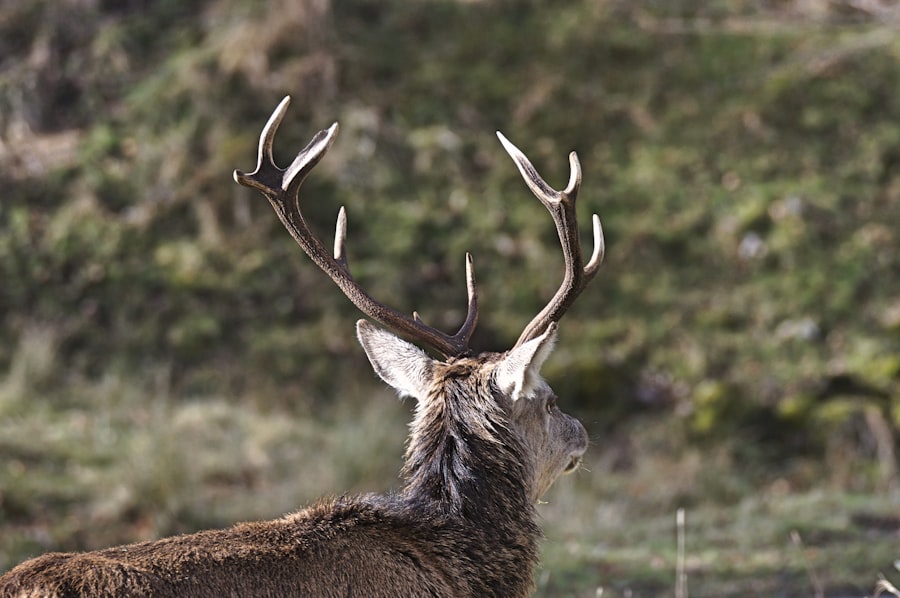
Understanding elk behavior and habitat is crucial for a successful hunt. Elk behavior can vary depending on the season, so it’s important to understand their patterns and adjust your hunting strategies accordingly. During the summer months, elk tend to stay at higher elevations where there is more food and cooler temperatures. As the weather cools down in the fall, elk begin to migrate to lower elevations in search of food and to prepare for the rut.
Elk are also highly adaptable animals that can thrive in a variety of habitats. They are typically found in mountainous regions with dense forests, meadows, and open grasslands. They require access to water sources and prefer areas with good cover for protection. Understanding these habitat preferences can help you narrow down your search for elk during the hunt.
Safety Precautions for Elk Hunting
Safety should always be a top priority when elk hunting. It’s important to be familiar with firearm safety rules and practice safe shooting practices at all times. Always be aware of your surroundings and never shoot unless you have a clear and safe shot.
In addition to firearm safety, it’s also important to be prepared for emergencies in the field. This includes carrying a first aid kit, knowing how to navigate using a map and compass, and having a plan in case of an emergency. It’s also a good idea to let someone know your hunting plans and when you expect to return.
Field Dressing and Processing Elk Meat
Properly field dressing an elk is essential for preserving the quality of the meat. This involves removing the internal organs and cooling the carcass as quickly as possible. It’s important to have a sharp knife and knowledge of anatomy to make clean cuts and avoid contaminating the meat.
Once the elk is field dressed, it’s important to process the meat in a timely manner. This involves removing the meat from the bones, trimming off any excess fat, and packaging it for storage or transportation. There are many delicious recipes for cooking elk meat, including steaks, roasts, and ground meat dishes.
Planning for a Successful Hunt: Logistics and Timing
Planning is key to a successful elk hunt. This includes choosing the right hunting location, timing your hunt for success, and making arrangements for transportation and accommodations. Researching hunting regulations and obtaining the necessary licenses and permits is also important.
When choosing a hunting location, it’s important to consider factors such as elk population density, public land access, and hunting pressure. Timing your hunt during the peak of the rut can greatly increase your chances of success, as bulls are more active and vocal during this time.
Ethics and Conservation in Elk Hunting
Ethical hunting practices and conservation efforts are crucial for the long-term sustainability of elk populations. It’s important to hunt responsibly and ethically, following all hunting regulations and guidelines. This includes practicing fair chase, making clean kills, and respecting the animals and their habitat.
Conservation efforts such as habitat restoration, predator management, and population monitoring are also important for maintaining healthy elk populations. Supporting organizations that work to protect elk habitat and promote sustainable hunting practices is a great way to contribute to conservation efforts.
Elk hunting is a challenging and rewarding sport that offers a unique opportunity to connect with nature and test one’s skills as a hunter. From the thrill of the hunt to the satisfaction of harvesting your own meat, elk hunting provides an unforgettable experience. By understanding elk behavior, preparing physically and mentally, and practicing ethical hunting practices, you can increase your chances of success in the field. So grab your gear, lace up your boots, and embark on an adventure that will leave you with memories to last a lifetime.
If you’re planning an elk hunting trip, it’s important to have a comprehensive checklist to ensure you have all the necessary gear and equipment. But what about the best shot size for rabbit and squirrel hunting? Check out this informative article on Old Oak Syndicate’s website that provides valuable insights on selecting the right shot size for a successful small game hunt. With tips and recommendations, this article will help you make informed decisions when it comes to your ammunition choices. Don’t miss out on this essential information – click here to read the full article.
FAQs
What is an elk hunting checklist?
An elk hunting checklist is a list of essential items that hunters need to bring with them when they go elk hunting.
Why is an elk hunting checklist important?
An elk hunting checklist is important because it helps hunters ensure that they have all the necessary equipment and supplies for a successful and safe hunting trip.
What items should be included in an elk hunting checklist?
An elk hunting checklist should include items such as hunting licenses and tags, appropriate clothing and footwear, hunting gear (such as a rifle or bow), ammunition, binoculars, a compass or GPS, a first aid kit, and food and water.
How can I create an elk hunting checklist?
To create an elk hunting checklist, you can start by researching the necessary items for elk hunting and then making a list of everything you need. You can also consult with experienced hunters or hunting guides for advice on what to bring.
What should I do if I forget something on my elk hunting checklist?
If you forget something on your elk hunting checklist, you may be able to purchase or borrow the item from a nearby hunting or outdoor supply store. However, it is always best to double-check your checklist before leaving for your hunting trip to avoid any last-minute issues.

Herb has been a longtime lover of the outdoors. Whether it be hunting, camping, fishing or just getting outside to reset. Proud father and animal lover. Bourbon anyone?

by
Tags:
Comments

Categories
- Big Game Hunting (301)
- Deer (202)
- Reviews (3)
- Shooting (16)
- Slingshot (1)
- Small Game Hunting (42)
- Upland Hunting (126)
- Waterfowl Hunting (3)

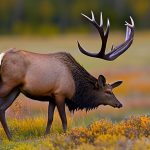

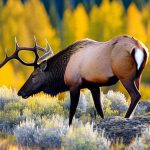
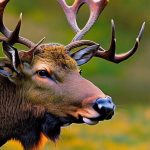
Leave a Reply